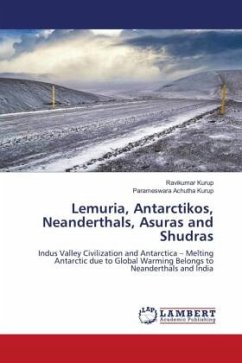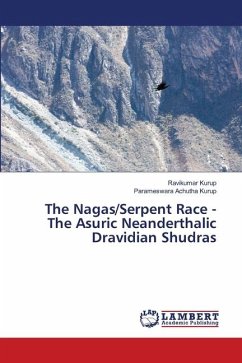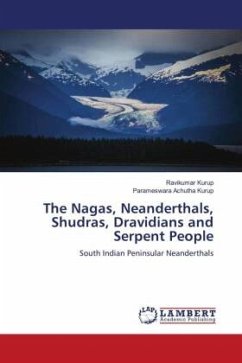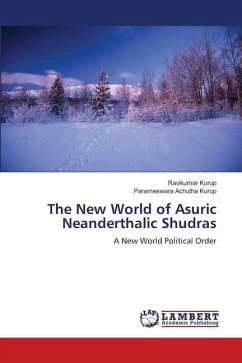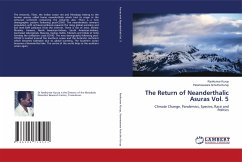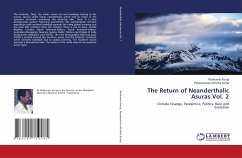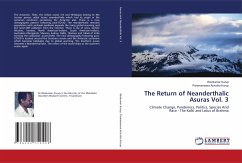The homo neanderthalis and the Dravidian elite were asuric Shudras may have a common origin in the Lemurian land mass. The homo neanderthalis arising out of the Lemurian land mass consisting of peninsular India, Antarctica and Australia would have been the forerunner of the Dravidian neanderthalic population. The languages like Sanskrit and Akkadian have a Dravidian substrate. The Dravidian elite would have been synonymous with homo neanderthalis. This suggests that the Vedas and Vedic civilization may have an Antarctic or Lemurian origin. The South Indian land mass was a part of the Lemurian supercontinent in the Indian and Southern ocean which was destroyed by giant Tsunamis and the population inhabiting the supercontinent are represented by the Dravidian population of South India. This can also be called as Antarctikos where the neanderthalic Dravidians originated and the Antarctic continent where the ice is melting due to global warming is the home neanderthalic Dravidians.

